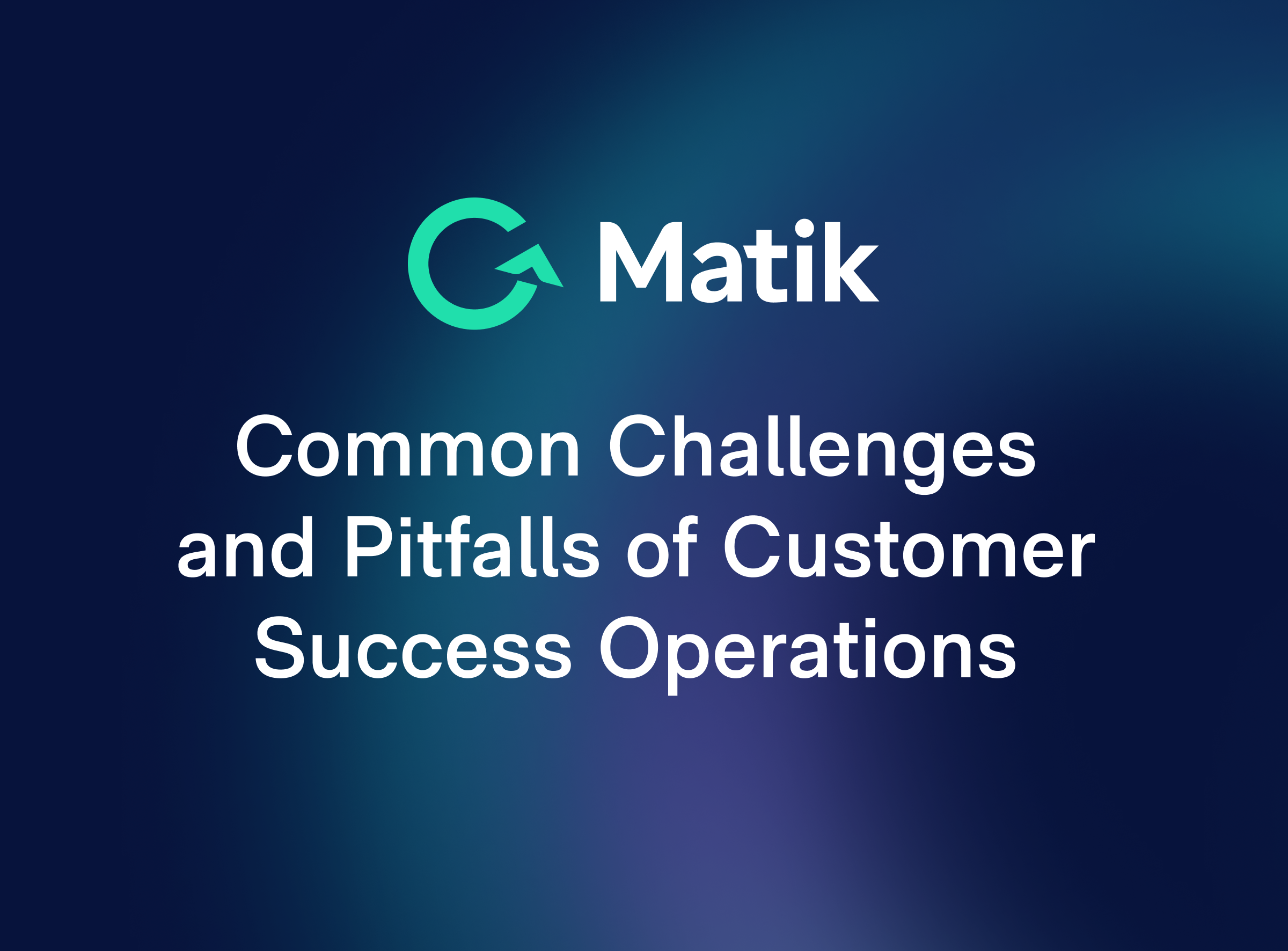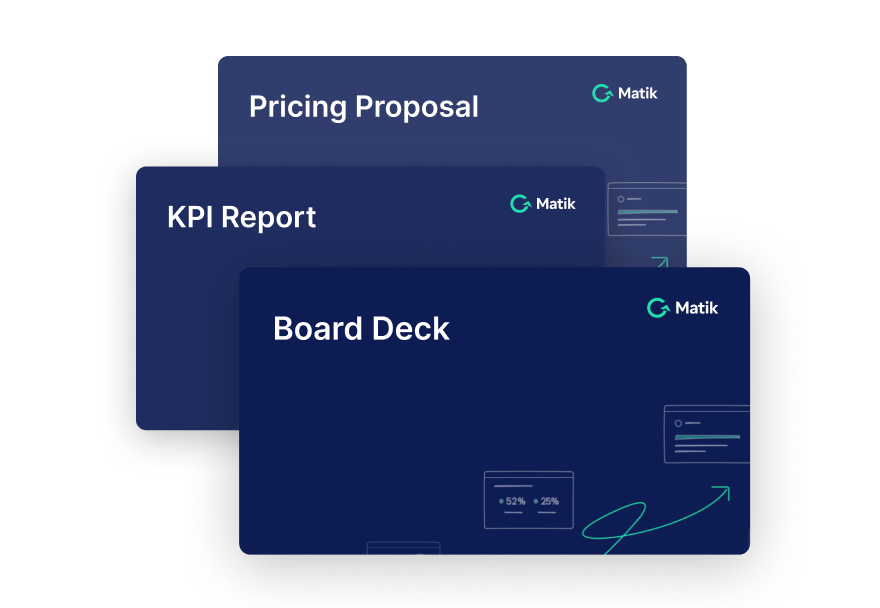Join Our Newsletter
Customer Success Operations can be the backbone of a scalable, high-performing CS team. When done well, it aligns processes, unifies data, and frees up CSMs to focus on customers instead of admin work. But building and running a CS Ops function isn’t without its hurdles. Many teams start with good intentions, only to get bogged down by avoidable challenges that slow adoption, impact results, or stall momentum.
Recognizing these pitfalls early can save you time, protect team morale, and keep leadership invested in your work. Here are some of the most common challenges CS Ops leaders face and how to think about avoiding them.
Common Challenges and Pitfalls of Customer Success Operations
Getting Executive Buy-In
Without leadership support, it’s hard to secure resources or drive meaningful change. Frame CS Ops as a revenue generator, not just a back-office function. Connect your work directly to metrics executives care about, like Net Revenue Retention, reduced churn, and increased CSM productivity.
Defining Scope and Roles
A common mistake is trying to solve every team’s problems from day one. Start by focusing on the CS team’s most pressing needs and the company’s top business priorities. Narrowing the scope ensures early wins and avoids spreading your efforts too thin.
Proving Impact Quickly
CS Ops teams gain credibility when they can show results fast. Target a pain point with a clear before-and-after impact, such as automating QBR preparation, standardizing onboarding, or cleaning up health scores. Quick wins create momentum and help justify further investment.
Change Management and Team Adoption
Even the best-designed process will fail if no one uses it. Involve CSMs early, explain the “why” behind changes, and provide proper onboarding. Celebrate wins and adoption milestones so your team feels invested in the new way of working.
Under-Communicating
If your roadmap and progress are invisible to others, support will fade. Regularly share updates, wins, and lessons learned with both CS and leadership. Transparency builds credibility and keeps your work top of mind.
No Clear Ownership or Roadmap
When “everyone” owns CS Ops, no one truly does. Assign a dedicated owner, even if it’s part-time, to lead the strategy, track progress, and be the go-to point of contact. A clear roadmap helps guide decisions and keeps priorities in focus.
Not Measuring Adoption or Results
Rolling out a new tool or process is only the first step. Track usage and measure how the change impacts customers, the CS team, and revenue. Without data, it’s hard to prove success or know what to improve.
Building Only for Today
Quick fixes might solve an immediate need but can create problems as you scale. Regularly ask yourself, “Will this work if we double in size?” Designing with the future in mind prevents costly rework down the road.
Conclusion
CS Ops success is iterative. Start small, gather feedback, and expect your function to evolve over time. The goal isn’t to get everything perfect on the first try, but to consistently make the customer and CSM experience better month after month.
If you want a deeper look at how to build and scale CS Ops while avoiding these challenges, our full ebook, How to Build an Operations Strategy for Customer Success, goes into more detail with practical steps and examples.
Download the full ebook here to start building a CS Ops function that drives measurable growth.
---
Ready to transform your organization? Request a demo with Matik today!














